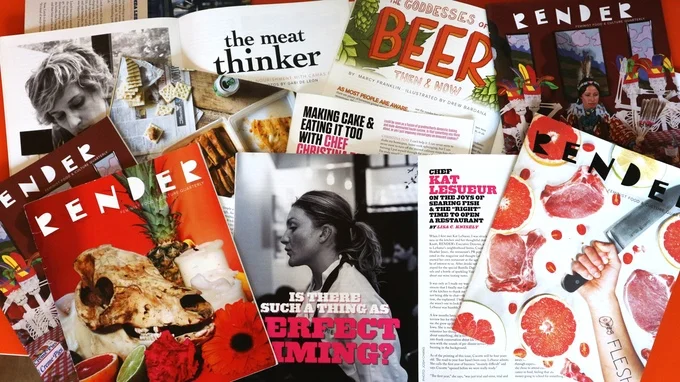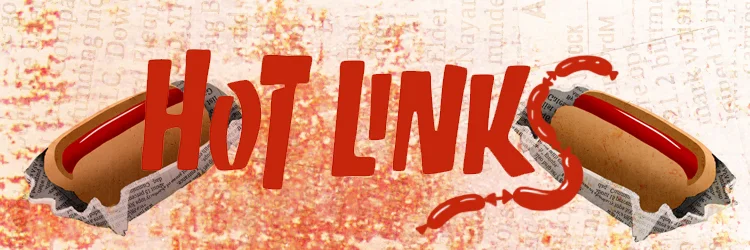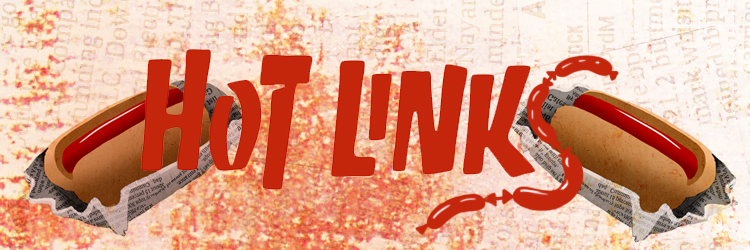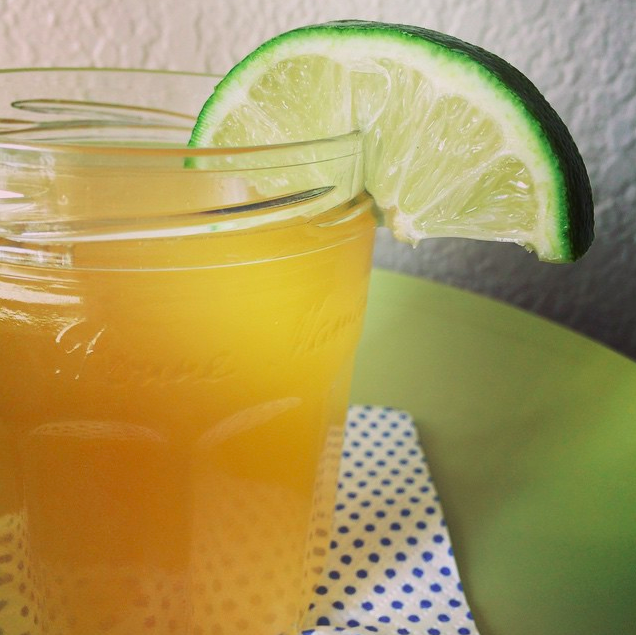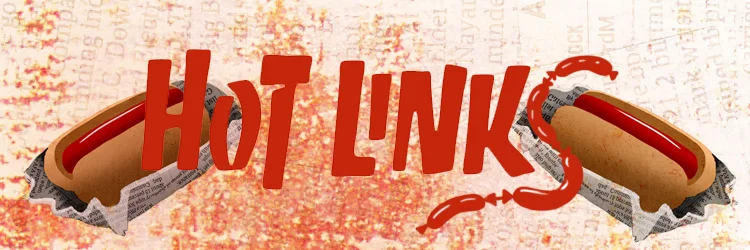

In each monthly installment of Bender, Caroline Ferguson will explore the social, cultural, and historical context of a single cocktail or boozy beverage. From settling which country lays claim to Pisco, to exploring the Carthusian Monks’ Chartreuse caves, Caroline will try to track down all the places your drink has been before it gets in your glass—always ending with a recipe of her own creation. Pull up a chair and a glass.
Back in prohibition’s heyday, Paris barman Harry MacElhone really got around.
We already know that he kinda-sorta-maybe might have been the evil genius behind the French 75. He also (possibly—an important disclaimer when it comes to cocktail history) lays claim to the White Lady Sour, a delicate blend of gin, Cointreau, and lemon. Ditto the creatively named Crying Towels and Crisis Cocktail, inspired by the increasingly tenuous 1930s. Some even tie MacElhone to the first Bloody Mary. He slung drinks for the likes of Hemingway and Gershwin, Faulkner and Wilder and both Fitzgeralds (which is to say, the unfathomably clever genius and her husband).
And then there’s the Sidecar. Cocktail writer David Wondrich cited it as “the only good cocktail to come out of the long national nightmare that was Prohibition” (which implies that he might never have heard of a Gin Rickey, a Last Word, or a Monkey Gland, but it’s high praise nonetheless). While not everyone is quite that effusive, nearly everyone agrees: the Sidecar is a damn good cocktail.
But it’s also damn mysterious, with theories about the drink’s origin abound, as is so often the case. The dominant theory pins the invention of the Sidecar on an American soldier who would visit Harry’s American Bar (in his friend’s motorcycle sidecar, naturally) seeking pre-dinner cognac. As brandies are normally served as digestifs, MacElhone took it upon himself to mix up a Cointreau and lemon juice concoction and serve it to the man (the customary sugar rim wasn’t seen until about ten years later). This story, though, is far from certain: even MacElhone himself occasionally credited Pat MacGarry of the London bar Buck’s Club with the invention of the drink. Interestingly, the Hotel Ritz Paris also lays claim to the Sidecar, possibly as a marketing scheme allowing them to peddle one of the most expensive cocktails in the world, but there isn’t much support for this speculation.
And now, for something completely different. The other origin story behind the Sidecar links the cocktail not to Paris, but to the next best place: New Orleans. Cocktail historians who ascribe to this theory—not least among them “King Cocktail” Dale DeGroff, late of the Rainbow Room—argue that the Sidecar has its roots in the Brandy Crusta, a 19th century cognac and curacao cocktail popular in the Big Easy.
Though it’s easy to prepare and incredibly tasty to boot, the Sidecar hasn’t seen the same level of resurgence as other classic cocktails like the Old Fashioned and the Moscow Mule. It appears on the occasional bar menu nowadays, but hasn’t quite made it back into the mainstream—probably due to the cost of good brandy and Cointreau.
I say it’s time for the Sidecar to find a spot in all our repertoires. This tea-infused version is a great place to start.
Green Tea Sidecar
Infusing green tea in brandy gives this cocktail a subtle flavor that pairs beautifully with the Sidecar’s characteristic citrus notes. Go ahead and infuse all the brandy you’re going to use ahead of time. You can infuse up to 6 oz of brandy with one tea bag; if you go over that, toss another in. I dreamt up the green tea sugar rim immediately after I finished my test drink, so don’t worry if you can’t get your hands on matcha—I can personally vouch for a classic sugar rim too.
For one cocktail:
1 green teabag
2 oz brandy or cognac
1 oz fresh lemon juice
1 oz Cointreau
2 tbl granulated sugar
½ tsp matcha, optional
Two hours before you want to drink your cocktail, place a teabag in the brandy and let it infuse. Once the tea has perfumed the brandy, discard the teabag. Combine sugar and matcha (if using) on a small plate, then moisten the rim of a cocktail glass and dip it in the sugar. Set aside. Combine brandy, lemon juice, and Cointreau in a cocktail shaker over ice. Shake very well. Strain into cocktail glass and garnish with a bit of greenery or a lemon twist.

